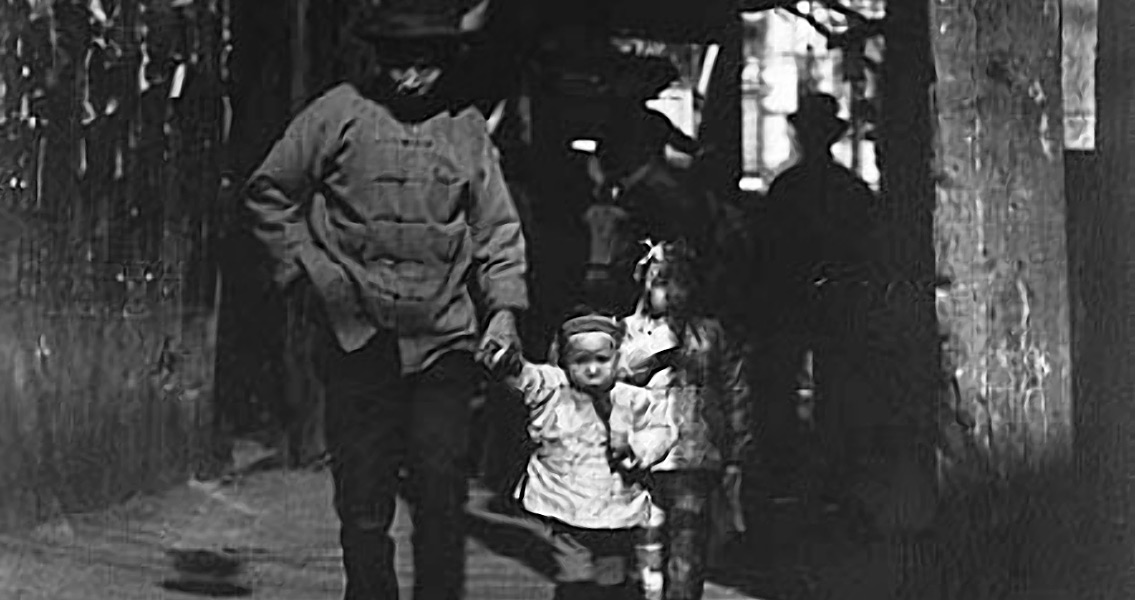<![CDATA[The development boom in San Francisco's downtown is proving to be an unexpected windfall for archaeologists in the bay area. Construction crews working on the City's $1.6 billion Central Subway project recently unearthed pieces of nineteenth century industrial type sewing machines which experts believe may have been used in a basement (the machines were discovered 8 feet below the street surface) Chinatown factory - most likely destroyed in the catastrophic earthquake of 1906. Construction on the Central Subway project, which will connect Chinatown and the area south of Market with a municipal light rail line, has become a familiar sight for visitors and residents alike in the eastern neighborhoods of San Francisco in recent years. But look close enough and you’ll see something very different to most construction sites; working side by side with construction crews excavating tunnels are archaeological crews excavating for historical artifacts. California requires almost all new developments to have archaeologists as part of their team, and these above-and-beyond efforts have unearthed historical relics not seen in over a hundred years. Recently, at the Stockton Street construction site, between Washington and Jackson street, about 8 feet beneath the sidewalk and directly in front of the building housing the Chinese Americans Citizens Alliance, researchers chipped at bricks and dirt to uncover the sewing machines. Like other artifacts from other eras that have been discovered at construction sites around the city, this new discovery will contribute its own unique information about life in Chinatown and San Francisco in the late 1800’s. According to Adrian Praetzellis, with the Anthropological Studies Center at Sonoma State University, the find is unprecedented. With so little remaining of the Chinatown which existed before the 1906 earthquake, these pieces of sewing machines could very well be the last remaining remnants of the community that lived there at the turn of the century. The university is just one of six archaeological consultants the city has hired to excavate construction sites Once the historical items are removed the team of archaeologists will take the parts to their lab and work to discover who used the machines and how they came to be under a sidewalk in Chinatown for over a century. The sewing machines are a unique find given the era in which they were used and where they were found. These archaeological discoveries however, have become increasingly common due to the amount of construction work in the city. The development boom has also allowed the city to create a geographic information system (GIS) that describes and documents layers which align with a particular era. Since 2006, five layers have been defined: Chinese, maritime resources, prehistoric, the Yerba Buena period and the Spanish/Mexican period, with plans to cover other eras such as the Gold Rush period. The GIS layers are used to determine whether a construction site will require further archaeological excavation. For example, projects that propose digging to certain depths, 2 feet to 8 feet depending on the area, will automatically trigger additional studies. According to City planners, the history of San Francisco has shown that the same areas of the city are continually redeveloped and what remains underground is worth preserving. ]]>
The City Under San Francisco Offers New Clues to The Past
